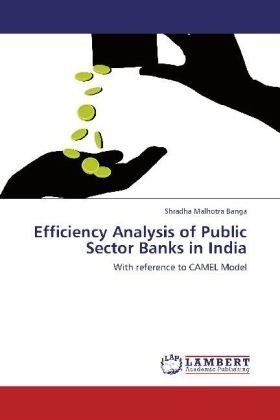Read more
The banking sector is one of the most dynamic sectors which face many changes in its working: both internal as well as external. The banks face the challenge of being efficient in times of boom and bust. Thus they are required to be efficient in every respect. The Reserve Bank of India conducts supervision of commercial banks to ensure that the commercial banks in India perform efficiently. One of the popular methods of supervision is CAMEL Model. In this analysis the financial statements of banks are assessed for: Capital Adequacy, Asset Quality, Management Efficiency, Earnings Quality and Liquidity. The CAMEL Model is abbreviation of the above 5 financial components studied for analyzing efficiency of a bank. These 5 components comprise 23 ratios. The efficiency study on the basis of CAMEL model is only annual and that is also not made public. This research work analyzes rate of change in these 23 ratios for 28 Public Sector Banks over a period of 9 years i.e. from 2000 to 2008 in order to know if changes brought about in banking sector in this post-reform period of Indian Economy are towards efficiency or not .

